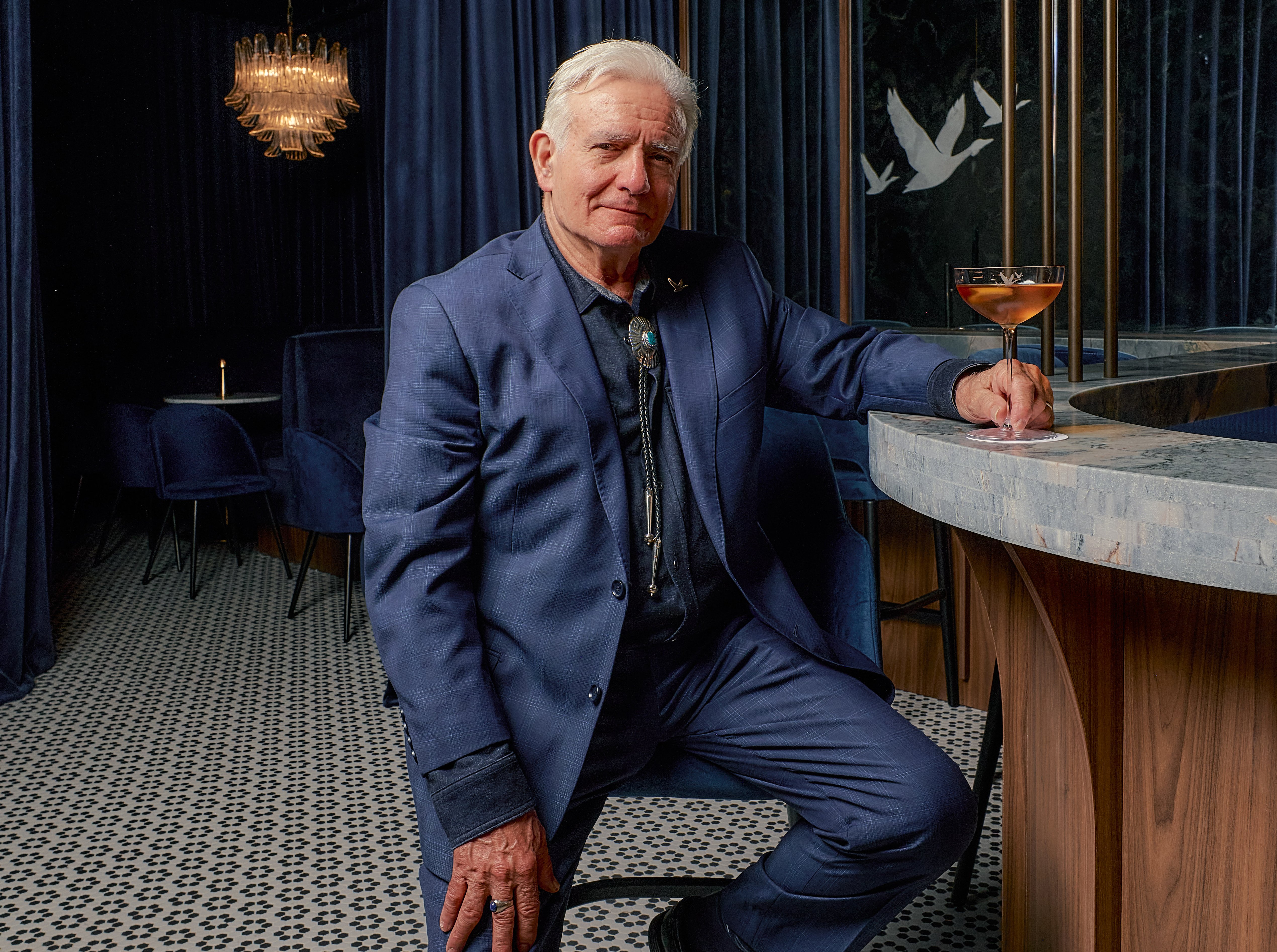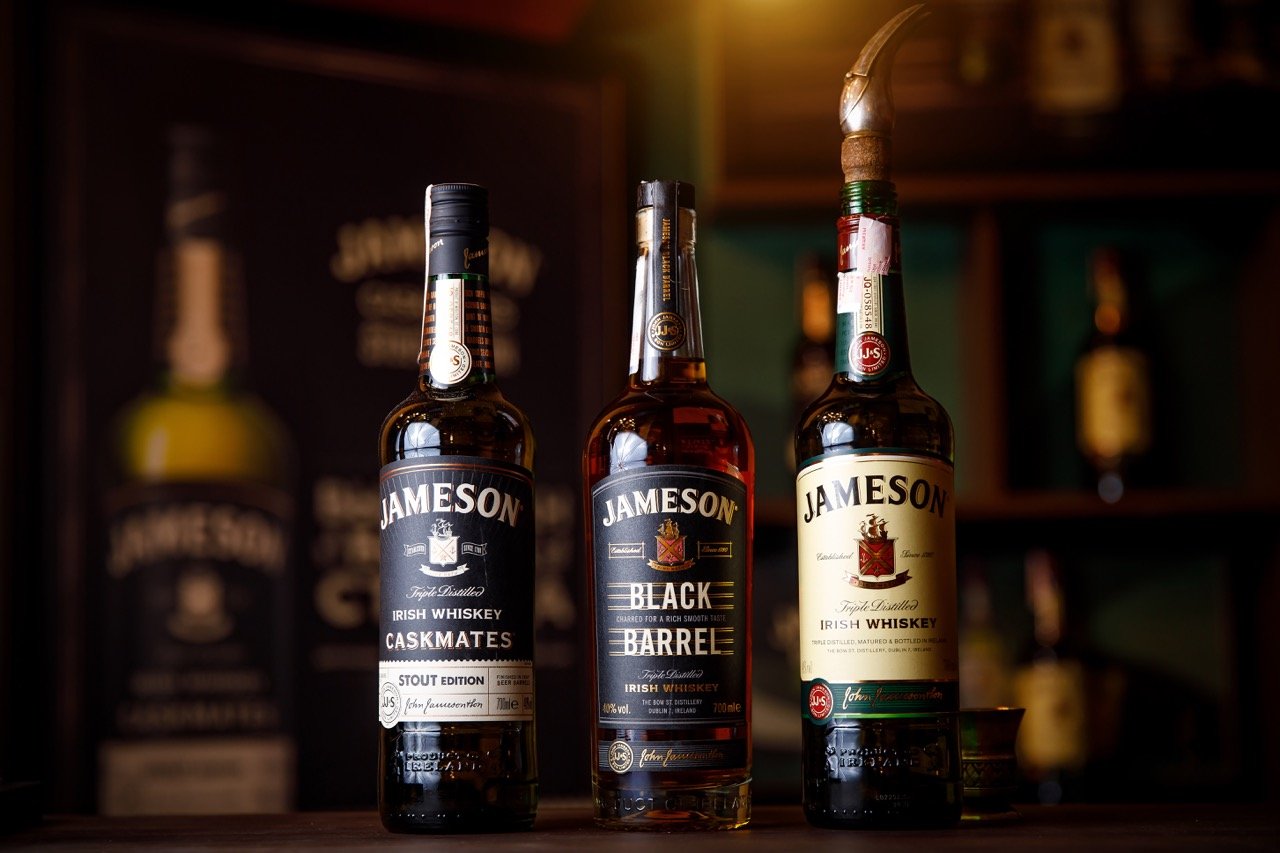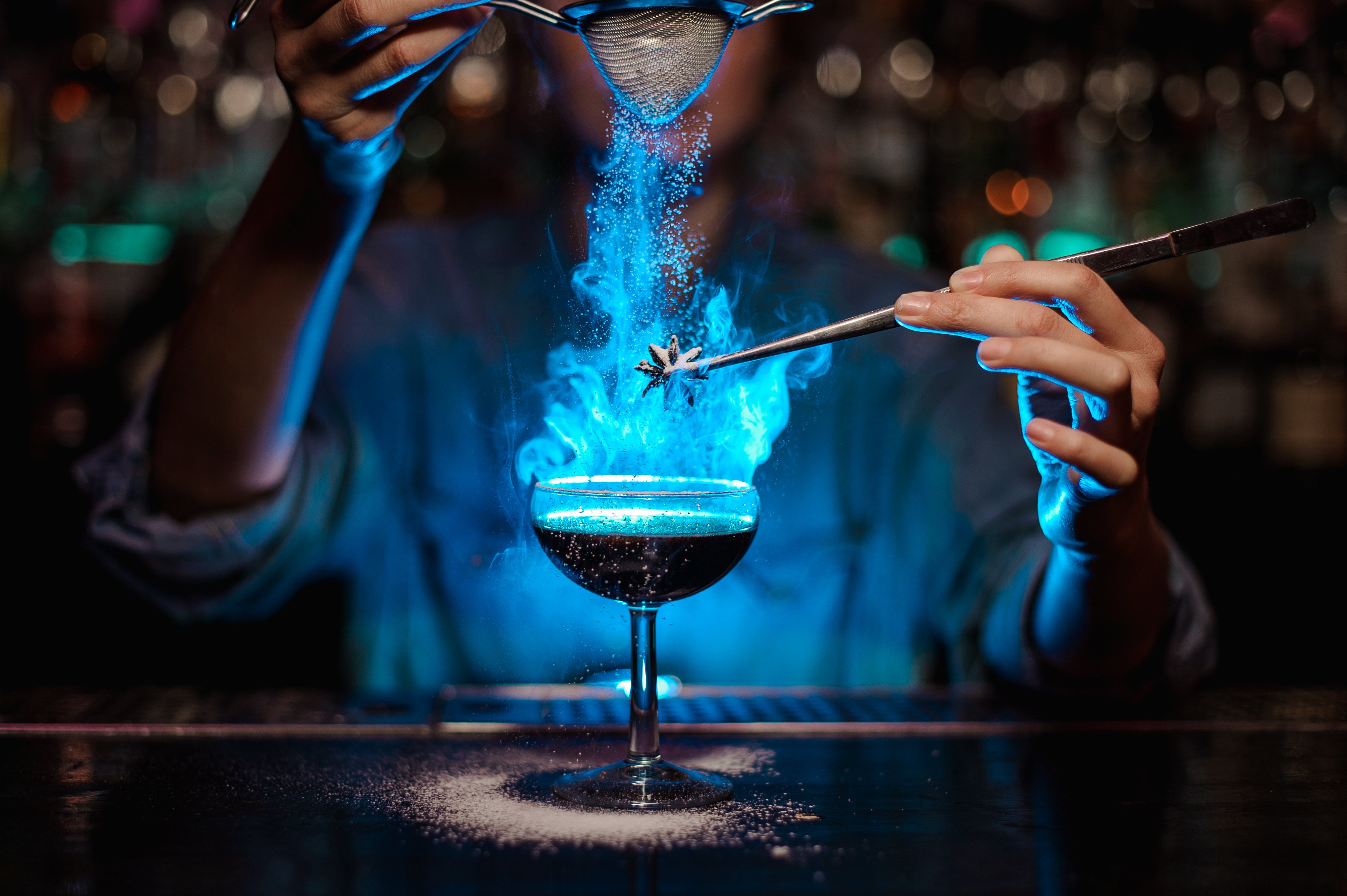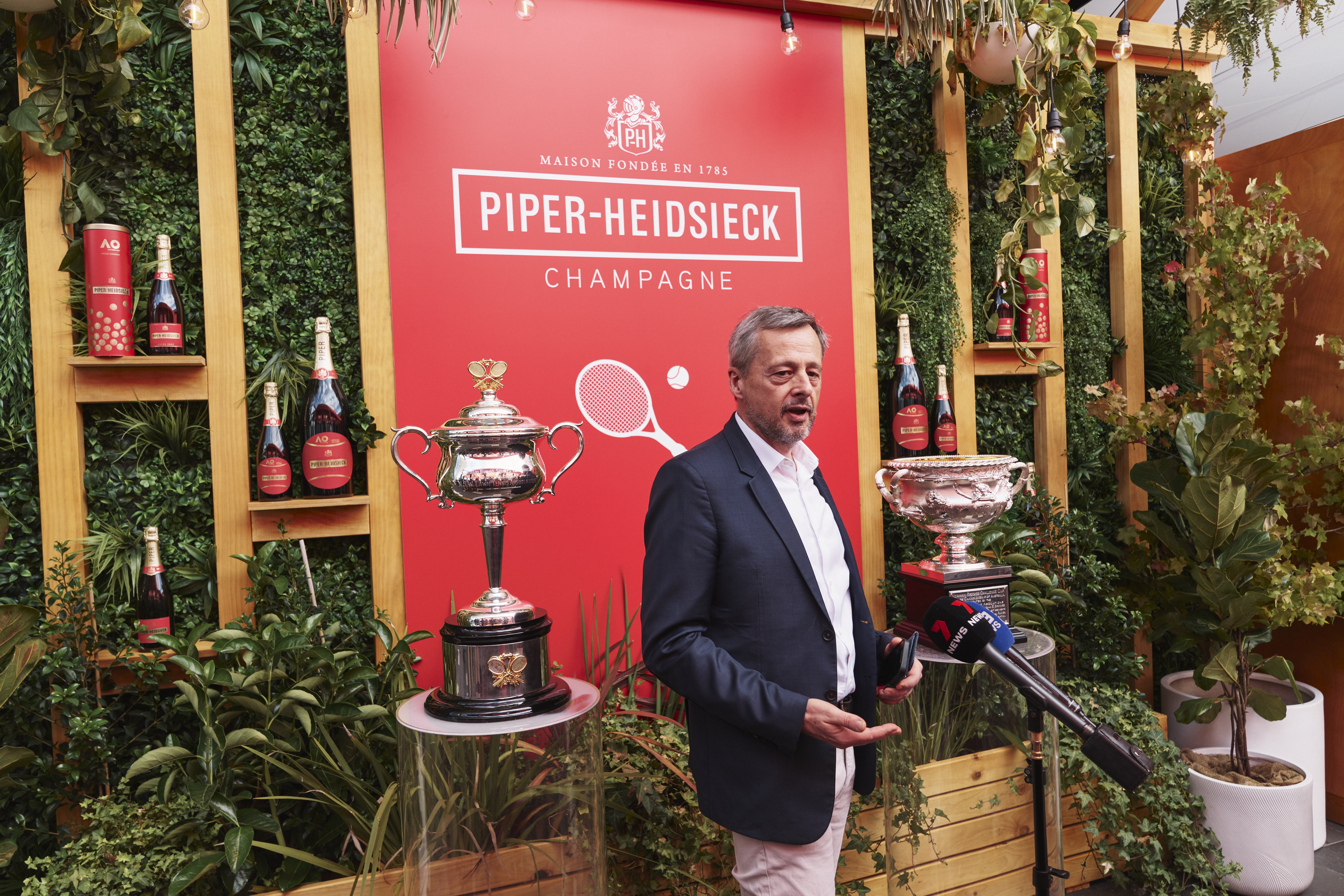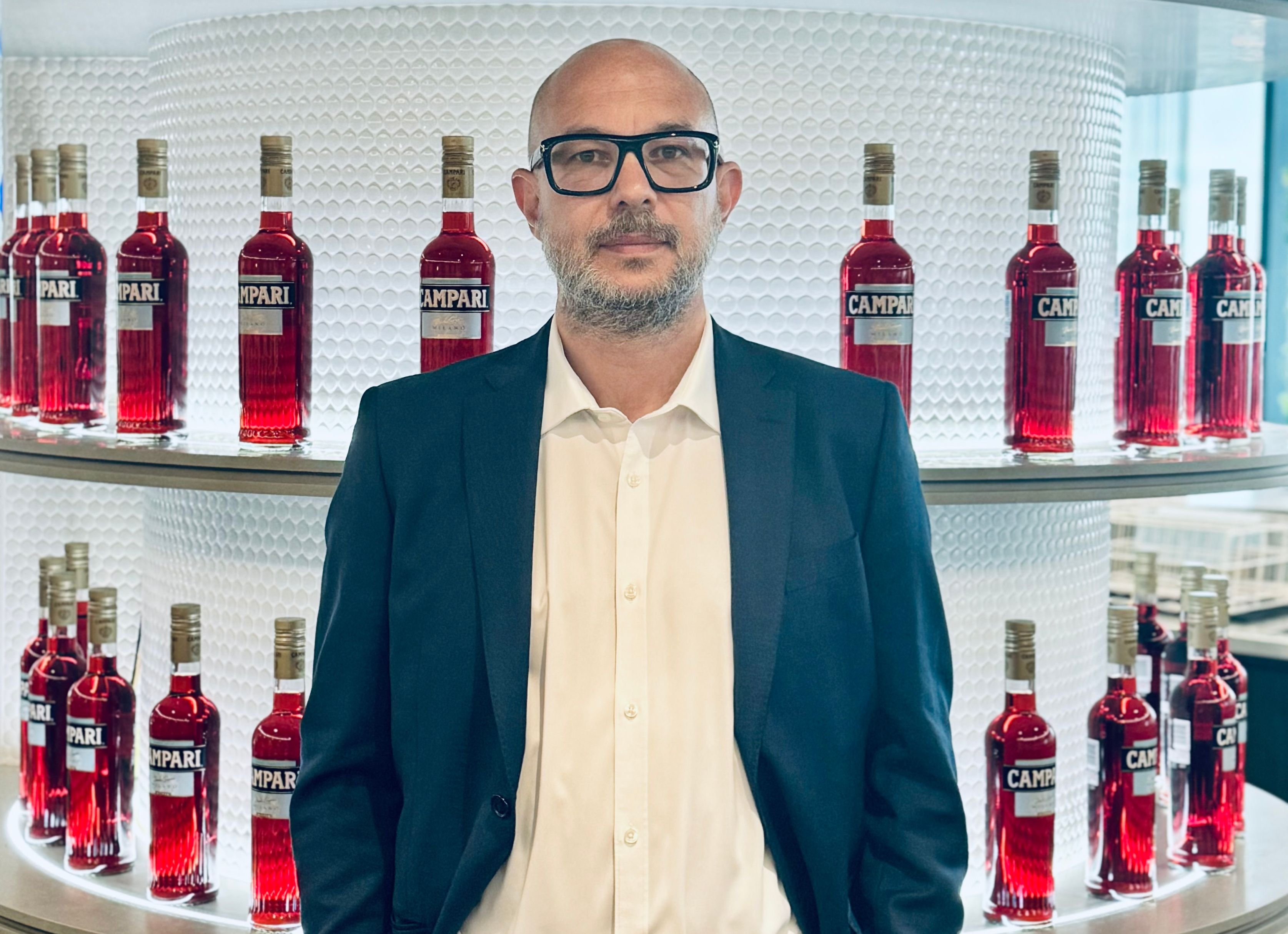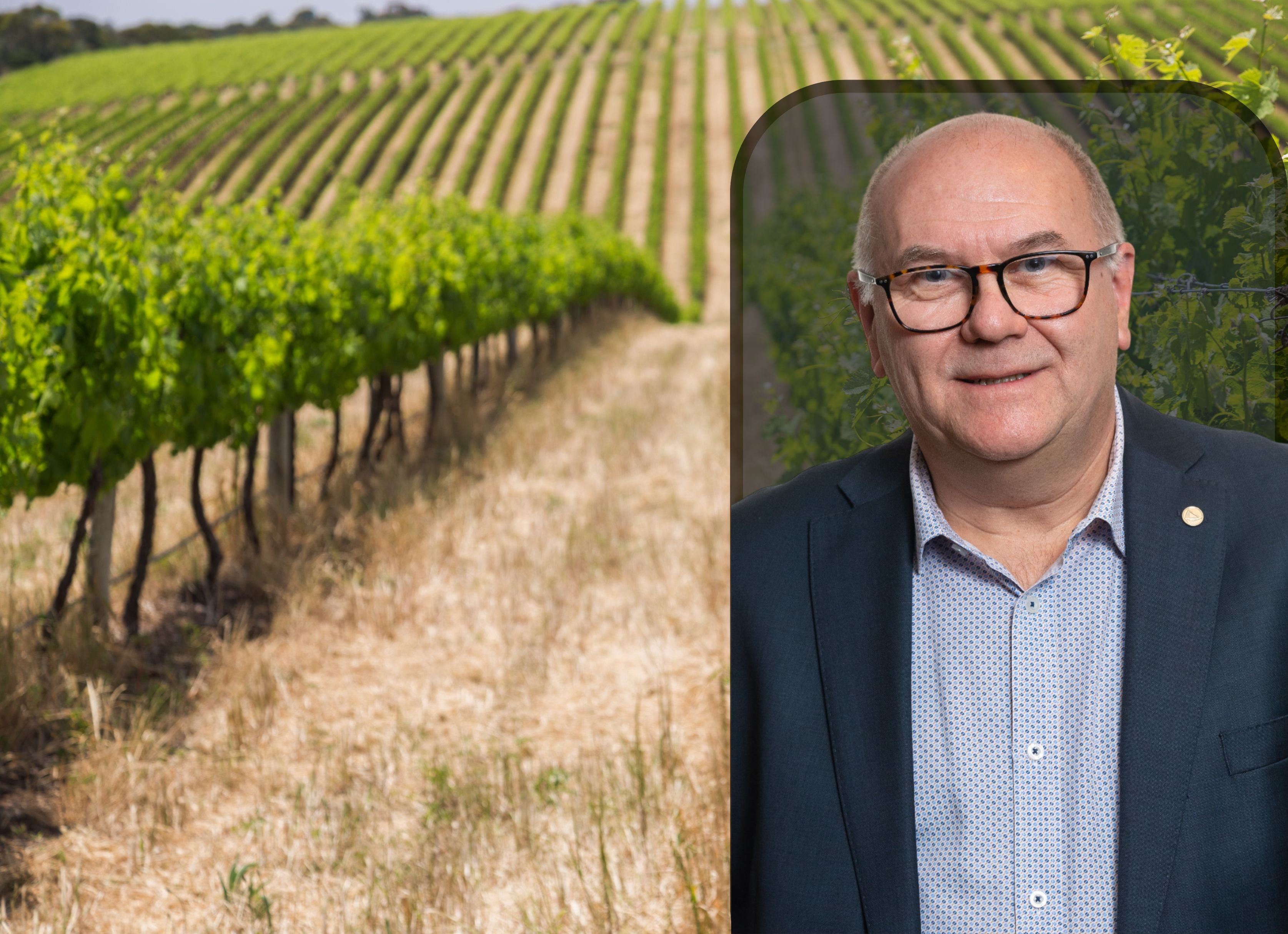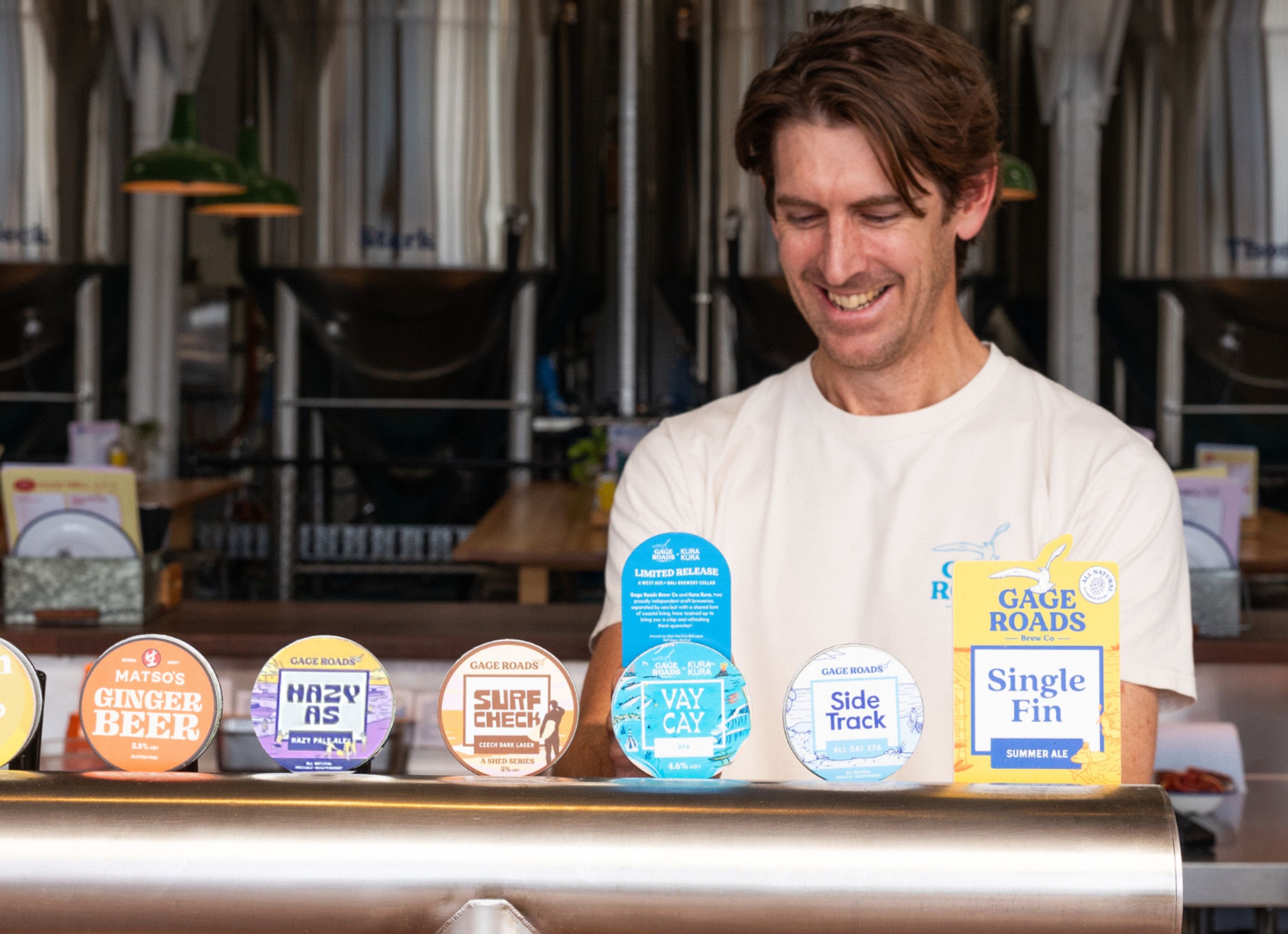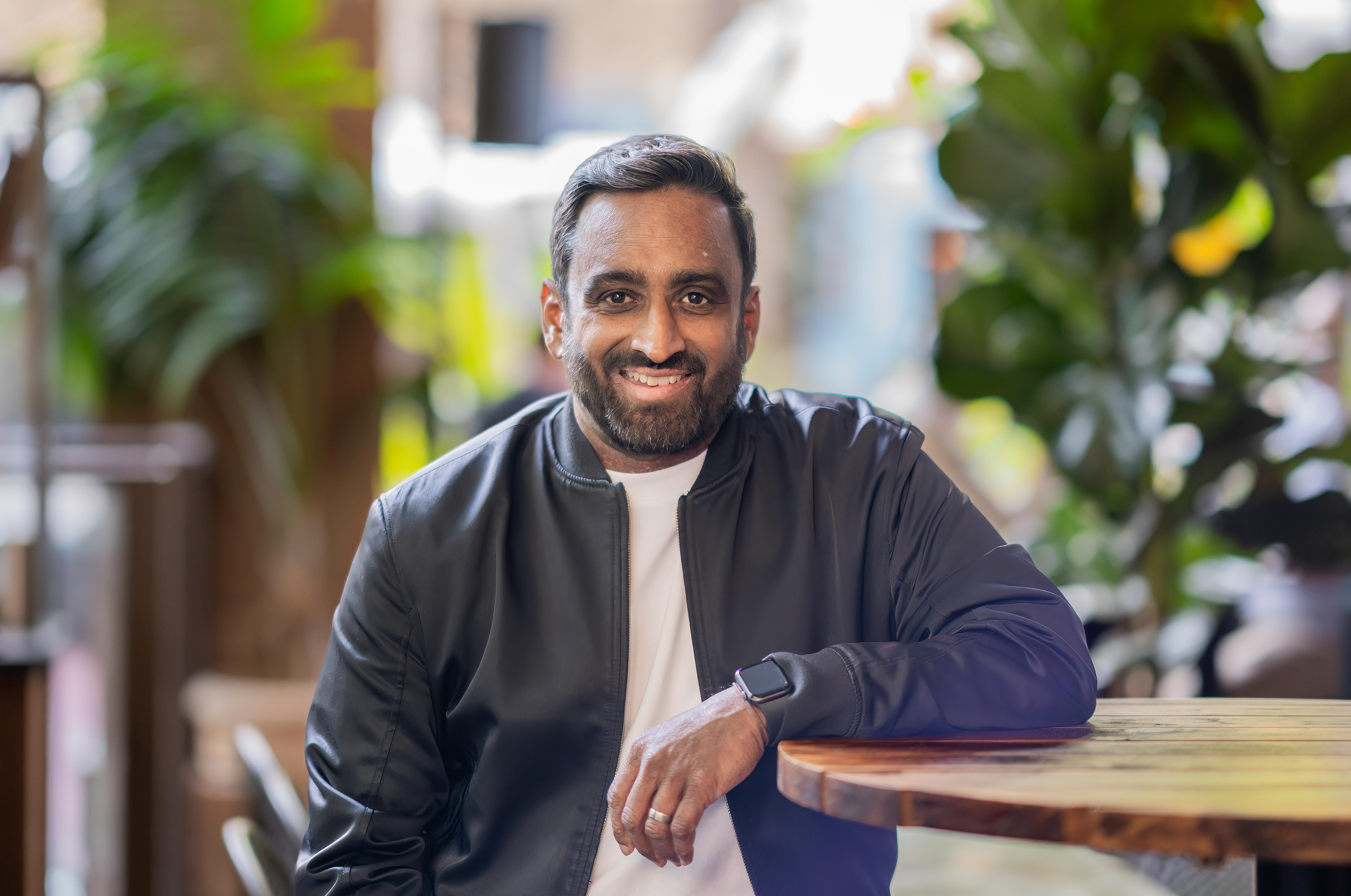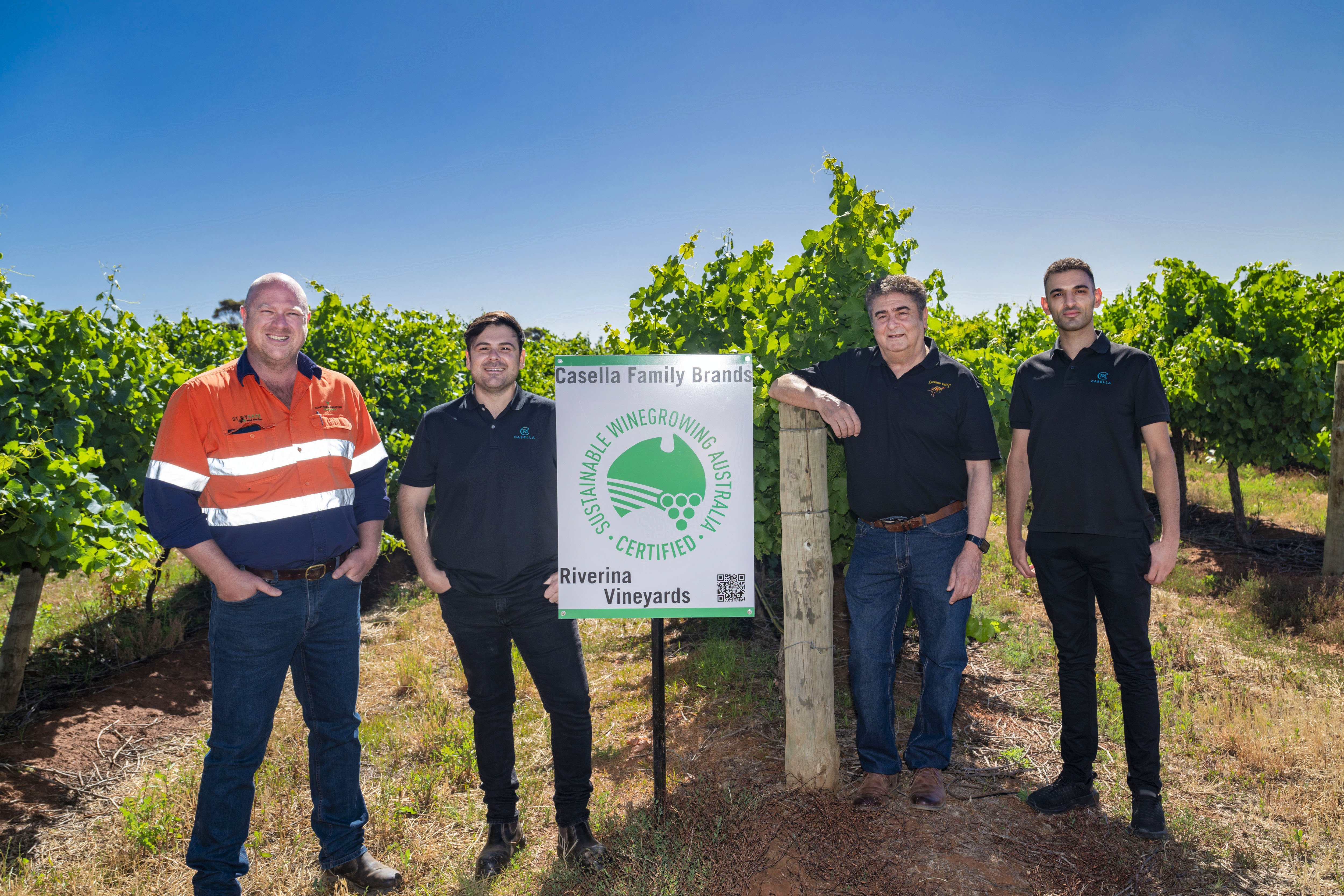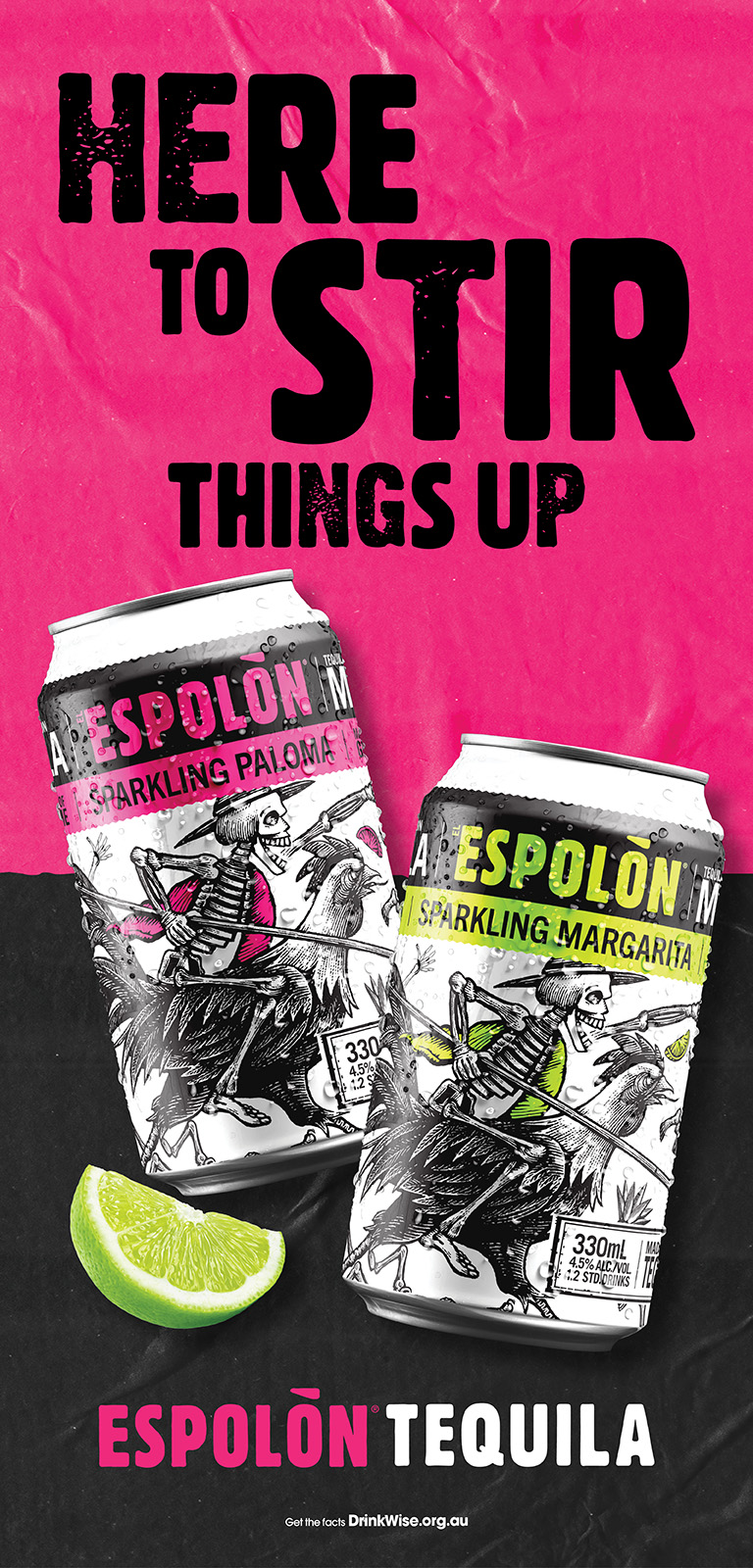Dale DeGroff, also known as the King of Cocktails, is perhaps as close to bartending royalty as it is possible to become. More than just being around since the start of the bartending renaissance, DeGroff is considered to be one of the key figures in pioneering the modern era of bartending, helping develop it into the landscape we are familiar with today.
Drinks Trade caught up with Dale DeGroff on his recent visit to Australia. This is how the conversation went:
Drinks Trade: In one sentence, who is Dale DeGroff?
Dale DeGroff: My name is Dale DeGroff and I am a bartender who got lucky.
DT: Can you give a brief overview of your career and what you’ve done?
DD: I worked all around the United States, but mostly in two extraordinary jobs that were the most important parts of my career. Well, three really, but the two biggest and most important ones were the Hotel Belair in Los Angeles - [which] when I came on board was in the top ten hotels in the world, it was an amazing hotel - and the world famous Rainbow Room on top of 30 Rock Rockefeller Center, which had recently undergone a two year, $32 million upgrade.
DT: You rose to fame around in the late 1980s as chief bartender at the Rainbow Room, which is often considered to have helped turn bartending into what it is today… What was the bartending world like before then?
DD: There were no cocktail menus in any bars… We had screwed up all the sours and everything by sticking this awful stuff in the soda gun and artificial mix that was in the kitchen, a mix that you put in your margarita, your Tom Collins, your whiskey sour, so all those drinks had a sameness about them.
It goes back to prohibition when there was no skilled labour so brands started inventing shortcuts so the bartender didn't have to guess about - you put an ounce of the booze or whatever your shot is and then two ounces of this stuff, boom, you're done, you've got a foaming agent and everything, it's going to look great.
So that's the world I came into in 1970 when I started… ‘74 was my first bartending job.
DT: How has the spirits production landscape changed over your career?
DD: I mean, when I was in the business, there were Boodles, Tanqueray, Beef Eater, Bombay, that was pretty much your premium run, right? There's 7,000 gins today.
What happened was massive consolidation at the end of the millennium… Seagram's young Edgar Bronfman Jr. wanted to be in show business, and he breaks up one of the most legendary liquor companies ever, Seagram's Company, and buys a record company, the movie studio, and goes broke.
Meanwhile, they divide up all those brands, and all these bigger companies are starting to consolidate buying brands here, buying brands there, so then you have Diageo, Pernod Ricard, Bacardi, Suntory Beam, you know, and maybe Brown Forman, and they own everything.
So what they did is they started, they saw at the end of the millennium, they saw, okay, premium vodkas happening - things like Grey Goose, Absolut, and then super premiums - and they saw premium tequilas happening, they saw malt scotches: when I got into business in ‘74 there were three - Glenlivet, Glenflitig, and Lafoye, end of story - and now there are hundreds, because all the guys who distilled this stuff, they said, why would I sell it to a blender when I can just put it in a bottle and make five times as much.
So with the premiumization of every category, and all this stuff out there, the big drinks companies thought, ‘well, we don't want this to be a flash in the pan,’ so they started dumping. They used to spend all their promotional dollars on print ads (because it was illegal to advertise on television). Then cable came along, it wasn't illegal anymore: ‘we could do that, spend a lot of money there.’ But they didn't really put money into education to the trade.
DT: How has this affected bartending?
DD: The thing that I saw happening early on in the craft movement, like say right in the early aughts, was these long lists of ingredients.
It's the same thing that happened with Nouvelle cuisine. I remember going to a couple of Nouvelle places after it first came over from France. You know, Nouvelle started in the late 60s, when two writers/chefs - [Henri] Gault and [Christian] Millau - had a little magazine. They were writing about Paul Bocuse and Paul Heinrich, and a few young French chefs (young in that era) who were doing something totally different… Lively, fresh; not these big, worked-over sauces and everything. They were doing something really interesting, letting the food speak, doing vegetable purees instead of sauces that cook for three days, you know: real flavour, direct flavour, flavour you could recognize. So the Nouvelle thing came to America.
What am I getting at? I'm getting at when the young craft people started going crazy because, you know, they realised that people were interested in big flavour: they were interested in gin again, they were interested in whiskey again; those things were two things that were dead at the end of the 20th [century], in the late 70s. Nobody drank gin, nobody drank any whiskey, really; it was all vodka, Tequila was starting to get started but it wasn't that big yet.
DT: What’s been the biggest step forward in the bartending industry over your career?
DD: The biggest change is in the profession is community here… Speed Rack, The Helen David Foundation: bartenders are taking care of bartenders… there was never that before. And by the way, the USBG (the United States Bartenders Guild) which is part of the IBA (the International Bartenders Association) - I belonged to the single only chapter in Los Angeles in the ‘70s, early 80s. Now, I wanna say there are 32 chapters in 32 different states that have popped up, because there is now community among bartenders in so many ways.
[Also,] now we have a competition, both at 50 best bars in the world, and also at Tales of the Cocktail, Best Bar Team, you have the best bartender.
We also have the James Beard Awards, which is the Academy Awards of the food business, has added Best Drinks Program, which is about the team.
DT: What bartending trends are you currently most excited about?
DD: Well, all this stuff I've been talking about, it came out of the fact that at the turn of the new millennium, bartenders stopped being bartenders and became chefs of their bar. They stopped thinking about the glass in the old, traditional way, and started saying to themselves, well, what else can go in that glass? I mean, there's a lot of shit I'd like to put in there. There's lots of flavours that I think I could get into that glass that were never in there before.
This is where bartenders are thinking now. They're thinking like chefs. That ain't gonna stop. That's only gonna get more interesting as far as I'm concerned. But you're gonna see revival stuff happening. A lot of the sort of weird ‘80s, ‘70s drinks. Golden Cadillac, Grasshopper, all the stuff that was popular when I was a young bartender, they're doing them now, but they're doing them with really super premium products… They can take that old cocktail from the 60s and re-engineer it, re-tool it with these new, very premium spirits from that category and have a totally different drink. It's so much better.
Drinks Trade caught up with Dale DeGroff during his recent stay in Australia. During his time here, DeGroff appeared at a number of Grey Goose events, along with spending some time in Melbourne crafting the debut menu at Le Martini, the world’s first standalone Grey Goose bar created in partnership with Crown Melbourne.
Share the content
